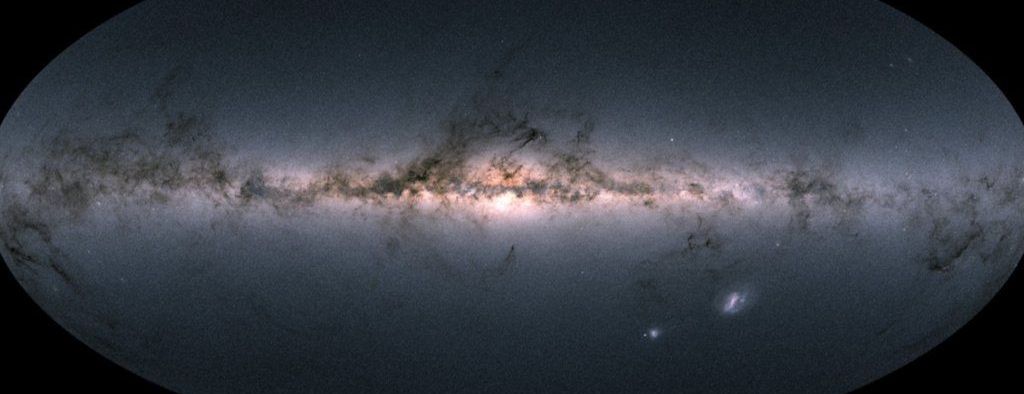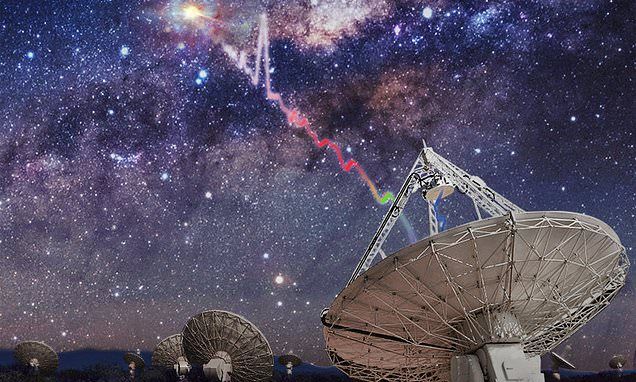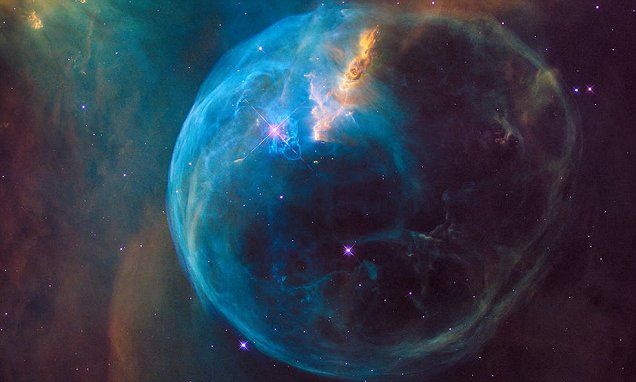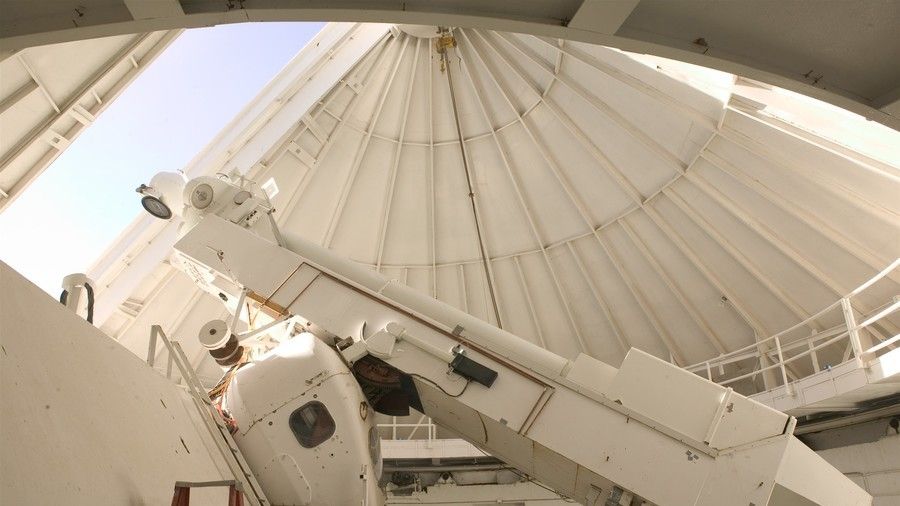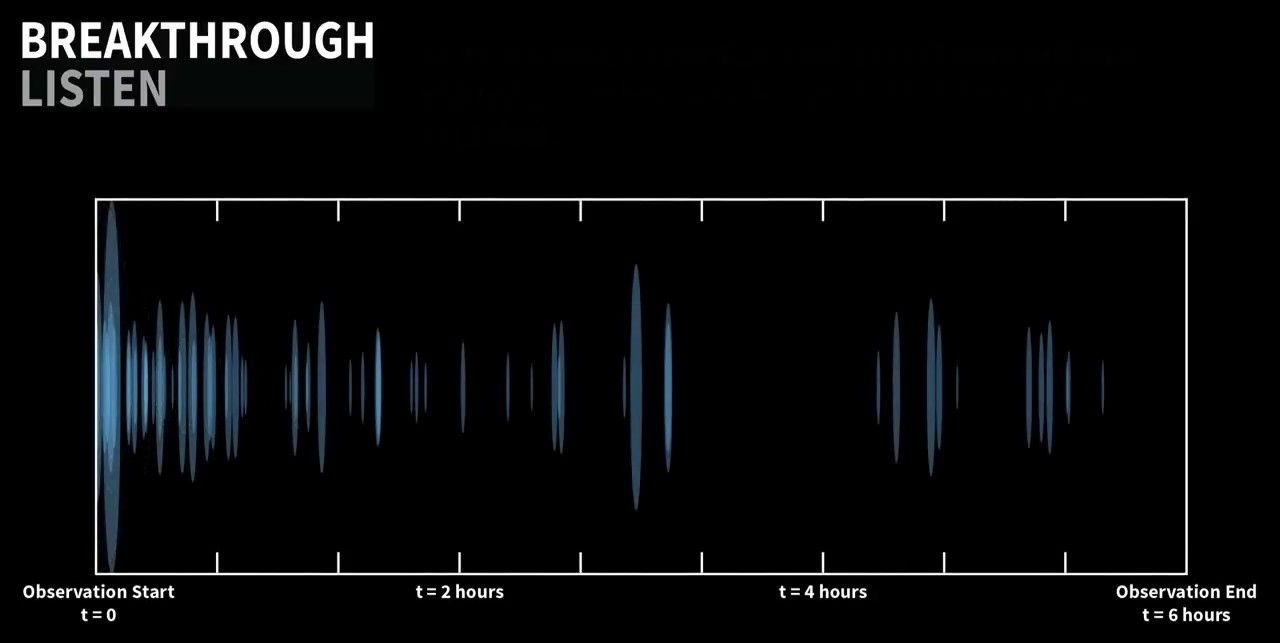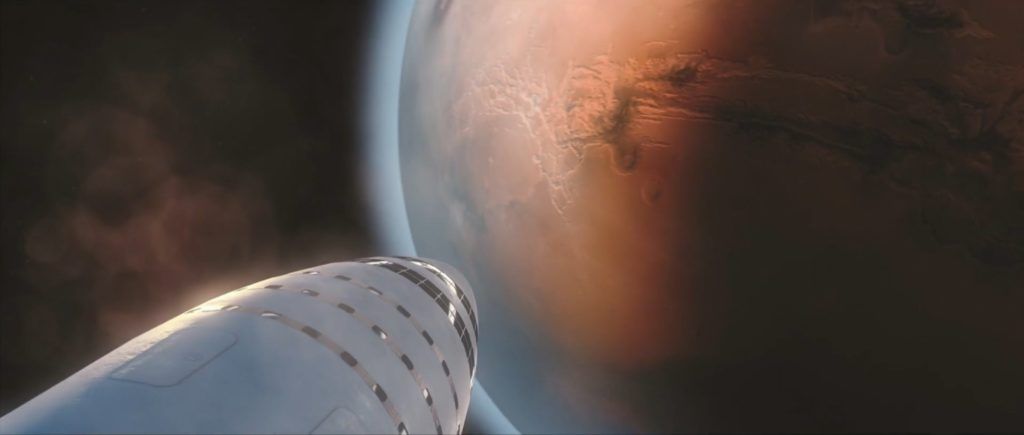Oct 14, 2018
Stephen Hawking Predicted Race of ‘Superhumans’ –“There Will be a Race of Self-Designing Beings”
Posted by Genevieve Klien in categories: alien life, engineering, evolution, genetics
“Once such superhumans appear, there are going to be significant political problems with the unimproved humans, who won’t be able to compete,” suggests the late physicist and author Stephen Hawking in The Sunday Times. “Presumably, they will die out, or become unimportant. Instead, there will be a race of self-designing beings who are improving themselves at an ever-increasing rate. If the human race manages to redesign itself, it will probably spread out and colonize other planets and stars.”
Hawking has caused an uproar by suggesting a new race of superhumans could develop from wealthy people choosing to edit their DNA. “There is no time to wait for Darwinian evolution to make us more intelligent and better natured. But we are now entering a new phase of what might be called self-designed evolution, in which we will be able to change and improve our DNA. We have now mapped DNA, which means we have read “the book of life”, so we can start writing in corrections.”
Hawking, who died in March, presented the possibility that genetic engineering could create a new species of superhuman that could destroy the rest of humanity. The essays, published in the Sunday Times, were written in preparation for a book that will be published on Tuesday.

